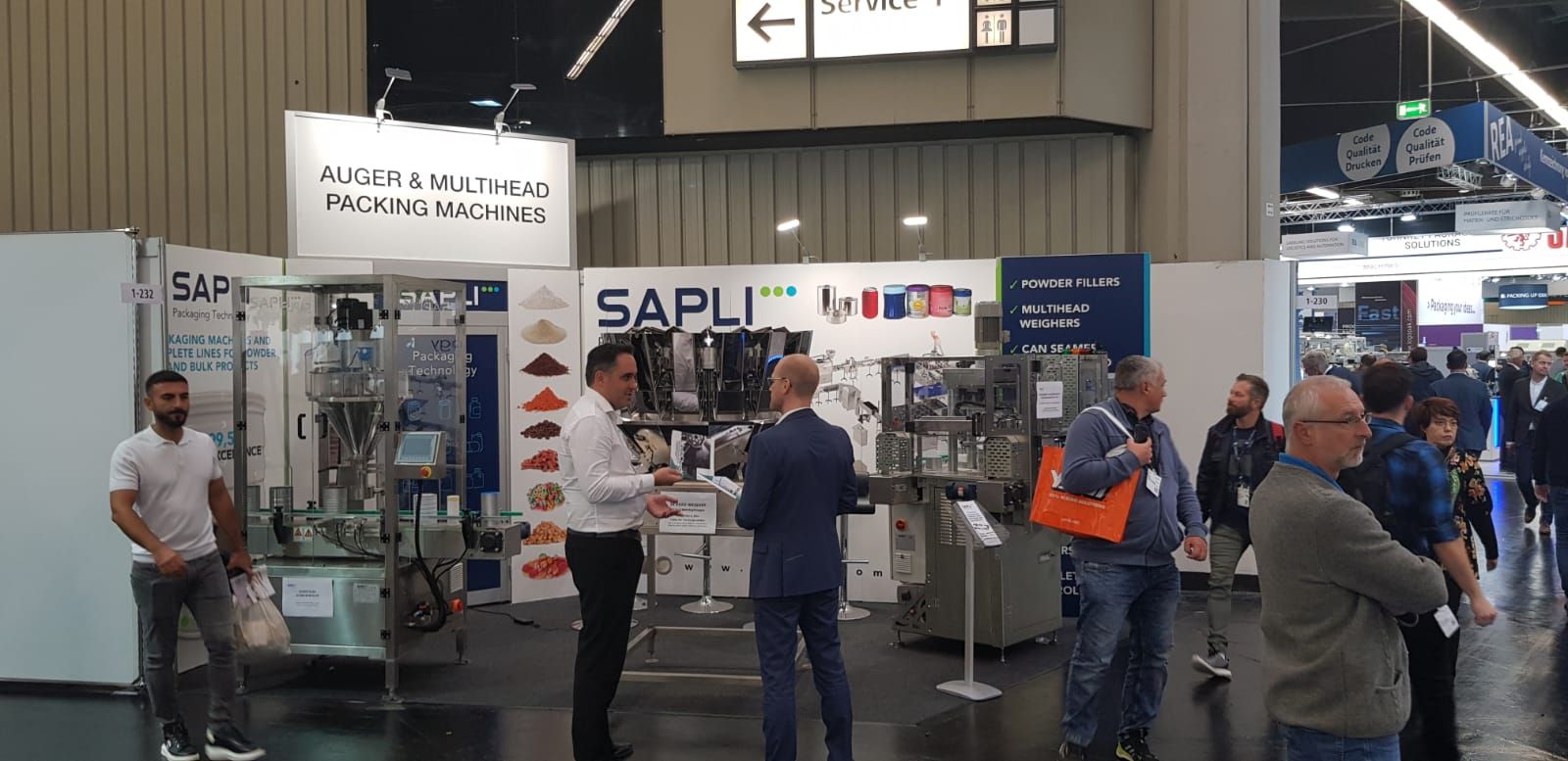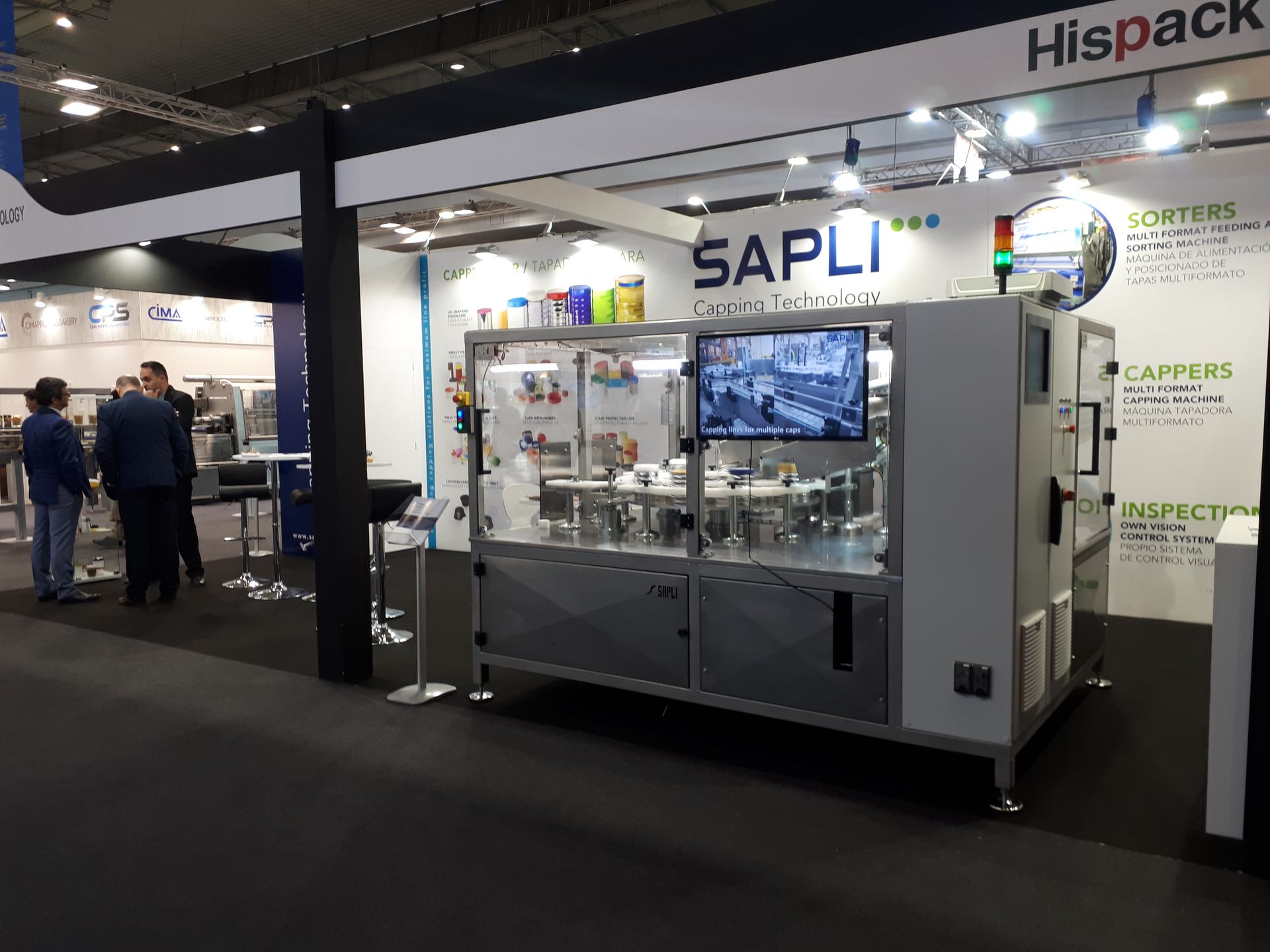PROTECTIVE GASES FOR MODIFIED ATMOSPHERE PACKAGING
PROTECTIVE GASES FOR MODIFIED ATMOSPHERE PACKAGING
OXYGEN (O2)
Causes deterioration of products caused by oxidation and forms a prerequisite for the growth of aerobic microorganisms. Therefore, oxygen is often excluded when packing in MGS. In some cases, such as the packaging of raw meat, a high concentration of oxygen is deliberately applied to prevent reddish discoloration and inhibit the growth of anaerobic organisms.
CARBON DIOXIDE (CO2)
Colorless, odorless and tasteless. Prevents oxidation and inhibits the growth of aerobic bacteria and mold. Gas is often used to increase the shelf life of food. In general, the shelf life of packaged or stored food is longer the higher the CO2 content. However, if the dosage is too high, some foods can sour faster. In addition, gas from the package can diffuse or be absorbed by the product - or cause the package to lose its shape. The use of a filler gas can delay this effect.
NITROGEN (N2)
It is an inert gas and, as a rule, is used to displace air from packages, especially oxygen when packing products. This prevents the oxidation of foods and blocks the growth of aerobic microorganisms.
CARBON MONOXIDE (CO)
Colorless gas, odorless and tasteless. Like oxygen, carbon monoxide is partly used to keep the meat red. The required concentrations are very low. In some countries, including the EU, the use of carbon monoxide for a protective atmosphere in food packaging is prohibited.






















